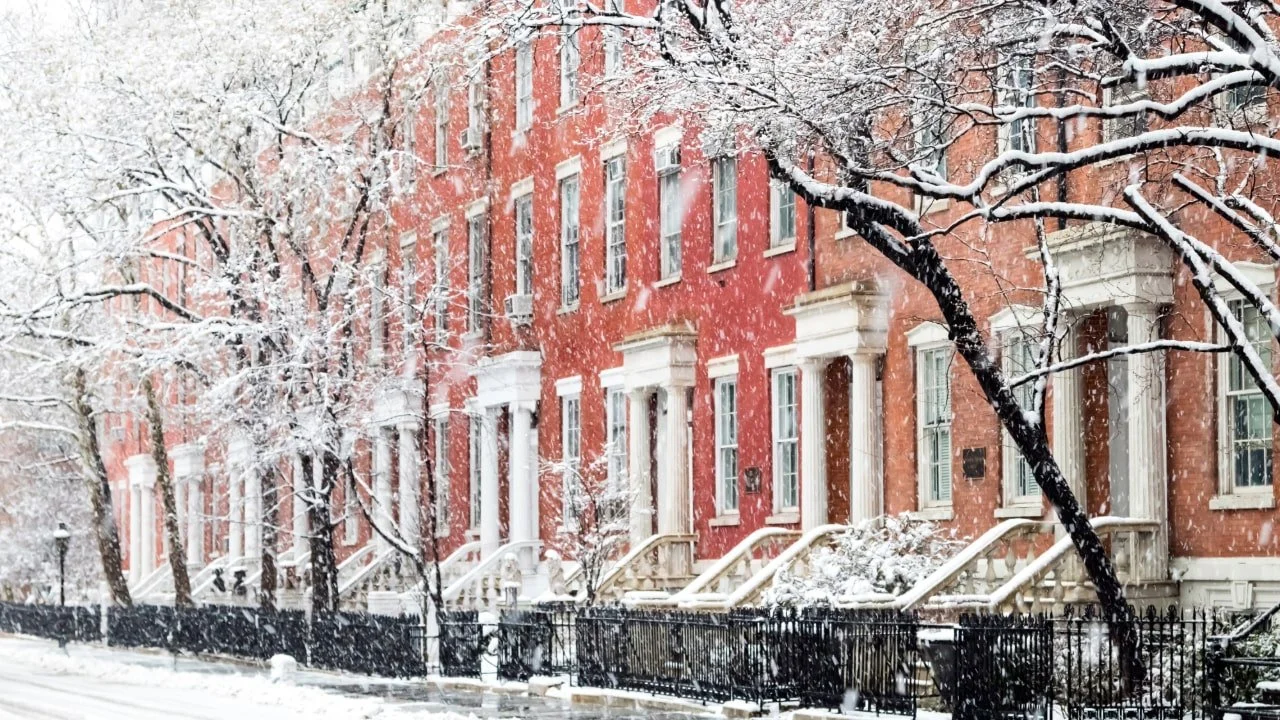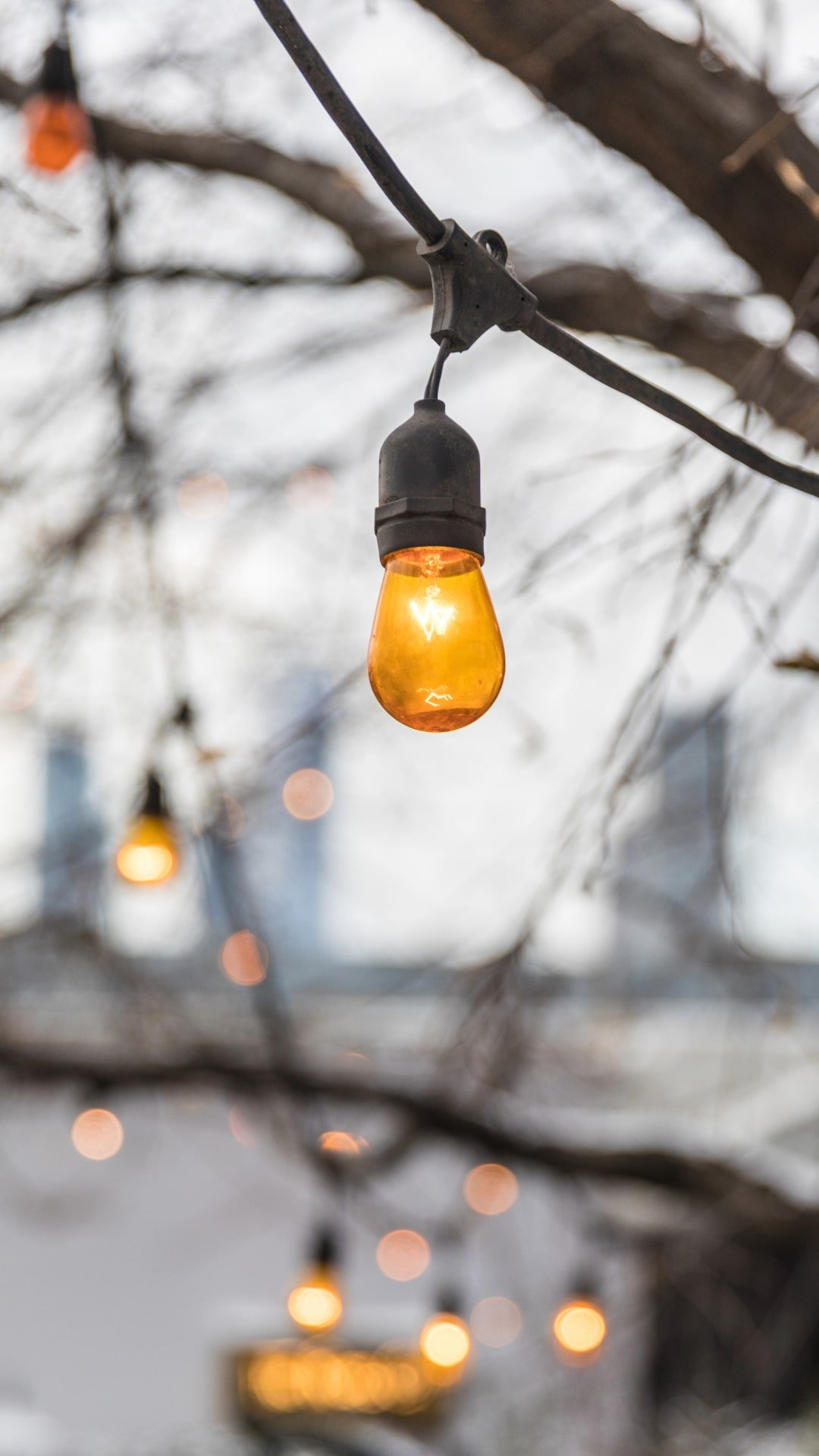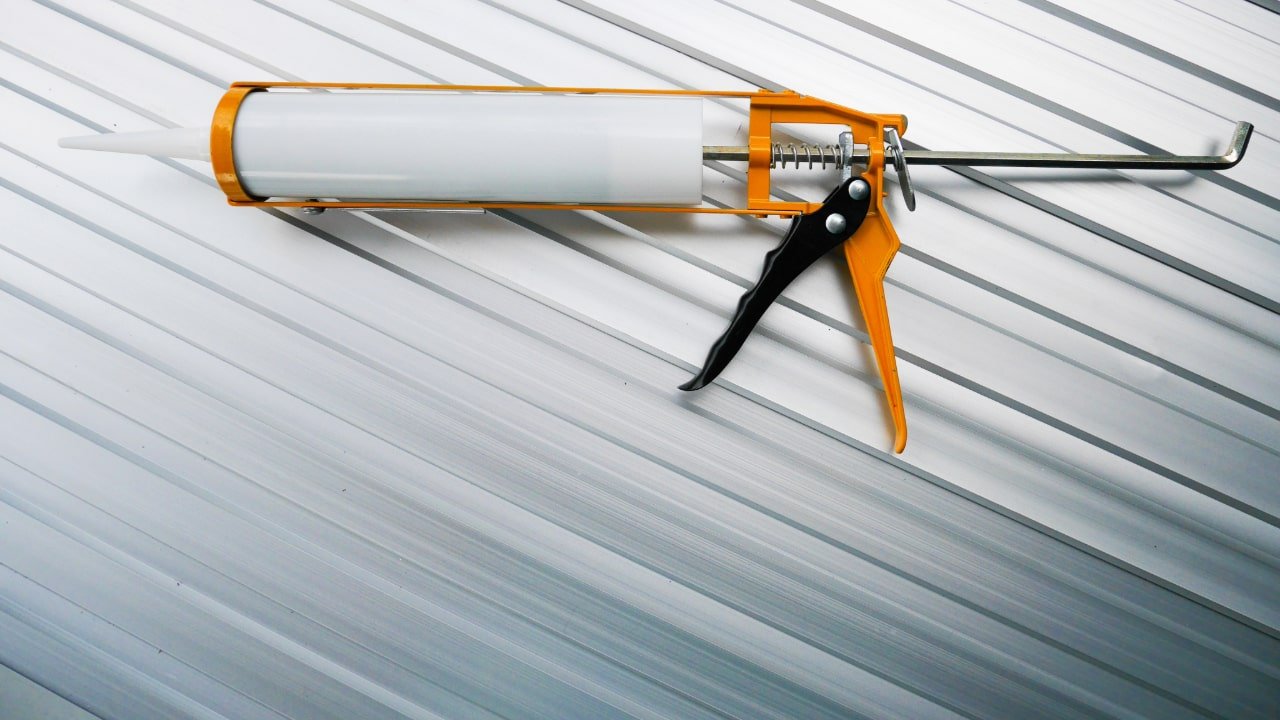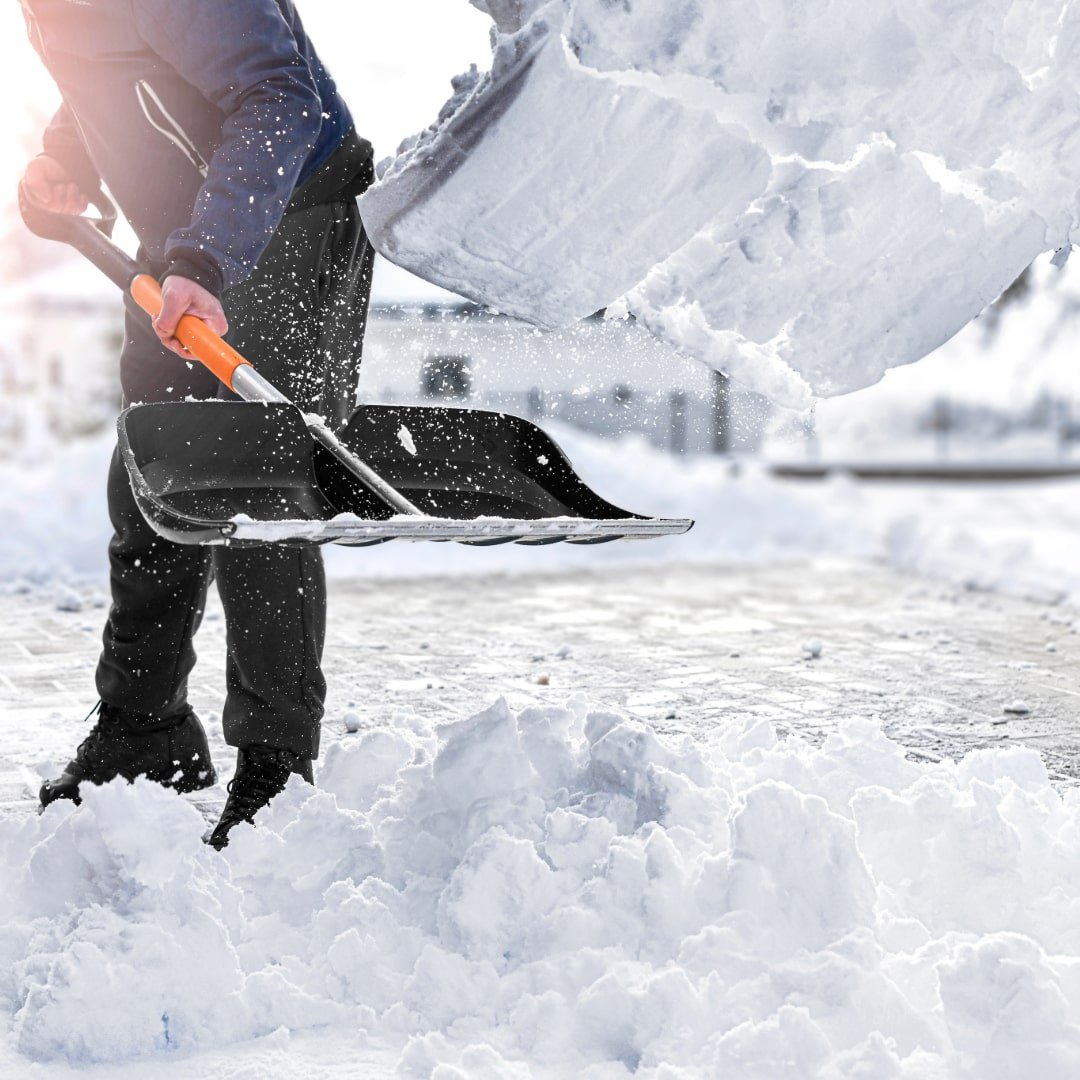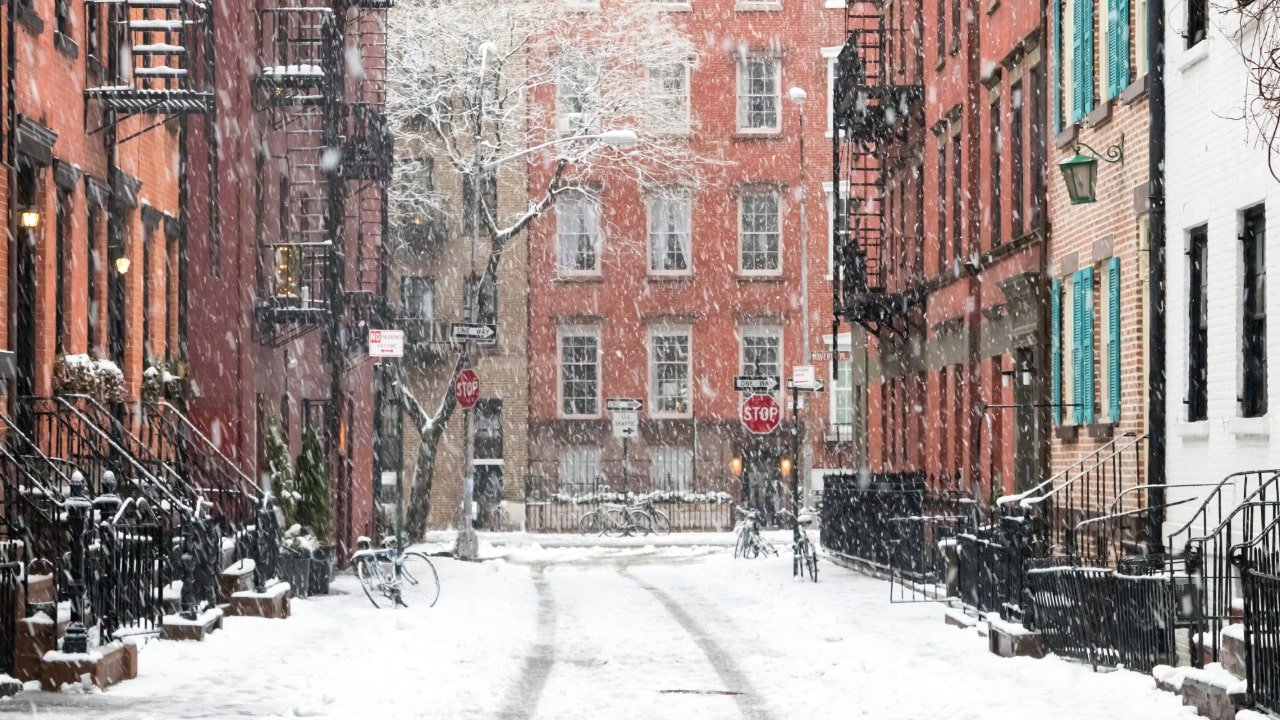Introduction to Winter Challenges in NYC
Living in New York City during the winter presents a unique set of challenges. The plummeting temperatures, biting winds, and occasional heavy snowfall can significantly impact daily life, not to mention your quality of life. However, with proper preparation, your NYC apartment can be transformed into a warm, cozy sanctuary. This article aims to provide essential winter fixes that every New Yorker should know to combat the cold effectively without breaking the bank.
Importance of Winterizing Your Home
Reducing Energy Costs
Winterizing your home is an effective strategy to lower heating bills. By insulating and sealing gaps, you keep the warmth inside, reducing the workload on your heating system. This not only results in lower energy costs but also contributes to environmental conservation by reducing energy consumption.
Enhancing Comfort
A well-insulated home provides a comfortable living space. By winterizing your apartment, you ensure that it maintains a steady, warm temperature, offering a cozy respite from the chilly outdoors. This creates an inviting atmosphere for both residents and guests.
Preventing Damage
The winter season can be harsh on buildings. Proper winterization helps prevent common issues like frozen and burst pipes, roof damage from ice dams, and other weather-related problems, thereby saving you from expensive repairs.
Weather Stripping and Caulking
Benefits
Drafty windows and doors are major culprits for heat loss in homes. By applying weather stripping and caulking, you effectively seal off any gaps, preventing cold air from entering and warm air from escaping. This is a simple yet crucial step in improving your home's thermal efficiency.
How-To Guide
To apply weather stripping and caulking, first clean the surfaces thoroughly. Measure the gaps, cut the stripping to the appropriate size, and apply it firmly. For caulking, use a caulk gun to apply a bead of caulk around the window frame, then smooth it out for a clean finish.
Pipe Insulation
Importance
Insulating your pipes, especially those in colder areas of your home, is vital. This prevents them from freezing and potentially bursting, leading to significant water damage and costly repairs.
Step-by-Step Instructions
Select insulation sleeves that fit your pipes' diameter. Cut the insulation to the required length, wrap it around the pipes, and secure it with duct tape or cable ties. This simple DIY task can save you from major inconveniences.
Roof and Gutter Maintenance
Key Aspects
Your roof and gutters are crucial in defending your home against winter elements. Maintaining them is essential to prevent water damage, ice dams, and ensuring proper drainage, which is especially important in the heavy snowfall regions of NYC.
Maintenance Tips
Regularly clean your gutters to prevent clogging and inspect your roof for any signs of damage or wear. Check the attic for leaks after snowstorms to ensure no underlying issues need attention.
Snow Removal Equipment
Essential Tools
Having the right snow removal tools is essential for dealing with NYC winters. This includes a sturdy snow shovel, a reliable snow blower, and de-icing materials such as rock salt or sand. These tools are not only necessary for your convenience but also for safety in navigating around your property.
Safety Tips
When using snow removal tools, practice safe handling to avoid injuries. Lift snow with your legs rather than your back when shoveling, and spread salt or sand on icy patches to prevent slips and falls.
Thermostat Upgrade
Types of Thermostats
Upgrading your thermostat is a great way to improve energy efficiency. Programmable the
rmostats, including smart ones that can be controlled remotely, allow you to adjust your home's temperature according to your daily schedule, reducing energy waste.
Installation Tips
Select a thermostat that aligns with your lifestyle and heating needs. If you're not comfortable with DIY installation, consider hiring a professional to ensure it's set up correctly.
Emergency Preparedness
Necessary Supplies
In case of power outages, which are not uncommon during NYC winters, it's important to have a stockpile of essential supplies. This includes batteries, flashlights, a first-aid kit, and a portable generator, if feasible.
Planning for Power Outages
Have a plan in place for power outages. Familiarize yourself with your supplies and know how to keep warm safely if the power goes out. This could include having extra blankets, warm clothing, and knowing how to safely use alternative heat sources.
Fireplace and Chimney Inspection
Importance of Regular Checks
For those with fireplaces, regular inspections and cleanings are essential to prevent fire hazards and ensure efficient operation. This is particularly important before the start of the heating season.
Hiring Professionals
It's advisable to hire professionals for an annual inspection and cleaning of your fireplace and chimney. They can identify and address any safety concerns, ensuring your fireplace is ready for use throughout the winter.
Window Treatments
Types of Insulating Window Treatments
To further insulate your home, consider installing heavy curtains or thermal blinds. These window treatments provide an additional barrier against cold, helping to retain heat within your home.
DIY Installation
Installing window treatments can be a simple DIY project. Measure your windows accurately before purchasing treatments, and follow the provided installation instructions. Layering treatments can also increase their insulating effectiveness.
In Conclusion…
Winterizing your NYC pad is essential for comfort, safety, and efficiency. By implementing these strategies, you can effectively protect your home from the harsh winter elements, reduce energy consumption, and enjoy a warm and comfortable living space throughout the winter months.
FAQs
How can I effectively seal large gaps around windows and doors?
For larger gaps, consider using expandable foam or rubber weatherstripping. These materials are great for sealing larger openings and are easy to apply.
What additional steps can I take to insulate my home?
Beyond the measures discussed, consider adding extra insulation to your attic and walls, using draft stoppers on doors, and sealing any cracks in your home's exterior.
How often should I inspect my snow removal equipment?
Inspect your snow removal equipment at the start of the season and periodically throughout to ensure they are in good working condition.
What should I include in my emergency kit for winter power outages?
In addition to the basics, include warm clothing, non-perishable food, water, a manual can opener, and a battery-powered or hand-crank radio.
Are there any eco-friendly de-icing alternatives to rock salt?
Yes, alternatives like calcium chloride, magnesium chloride, or environmentally friendly blends are effective and less harmful to plants and pets.

